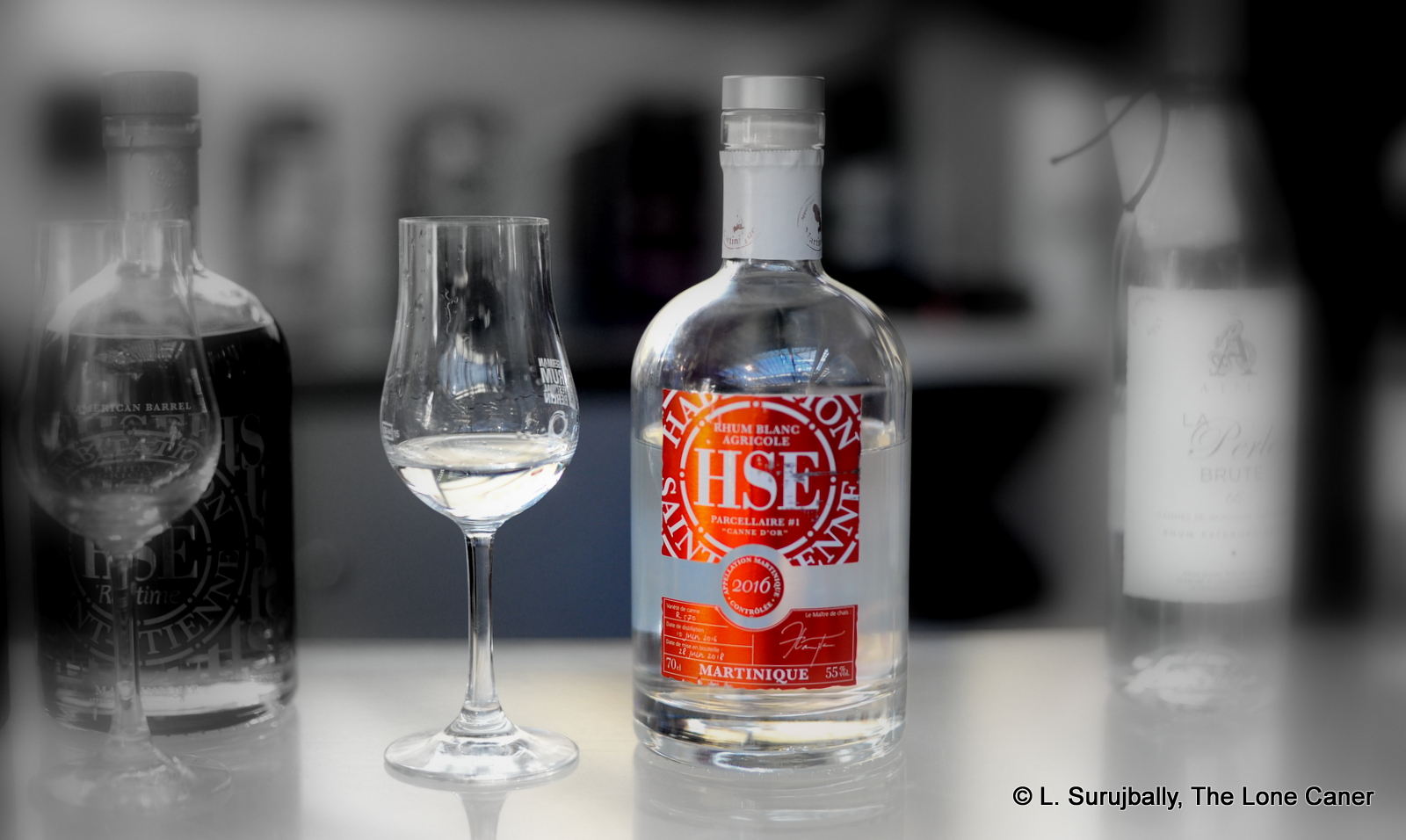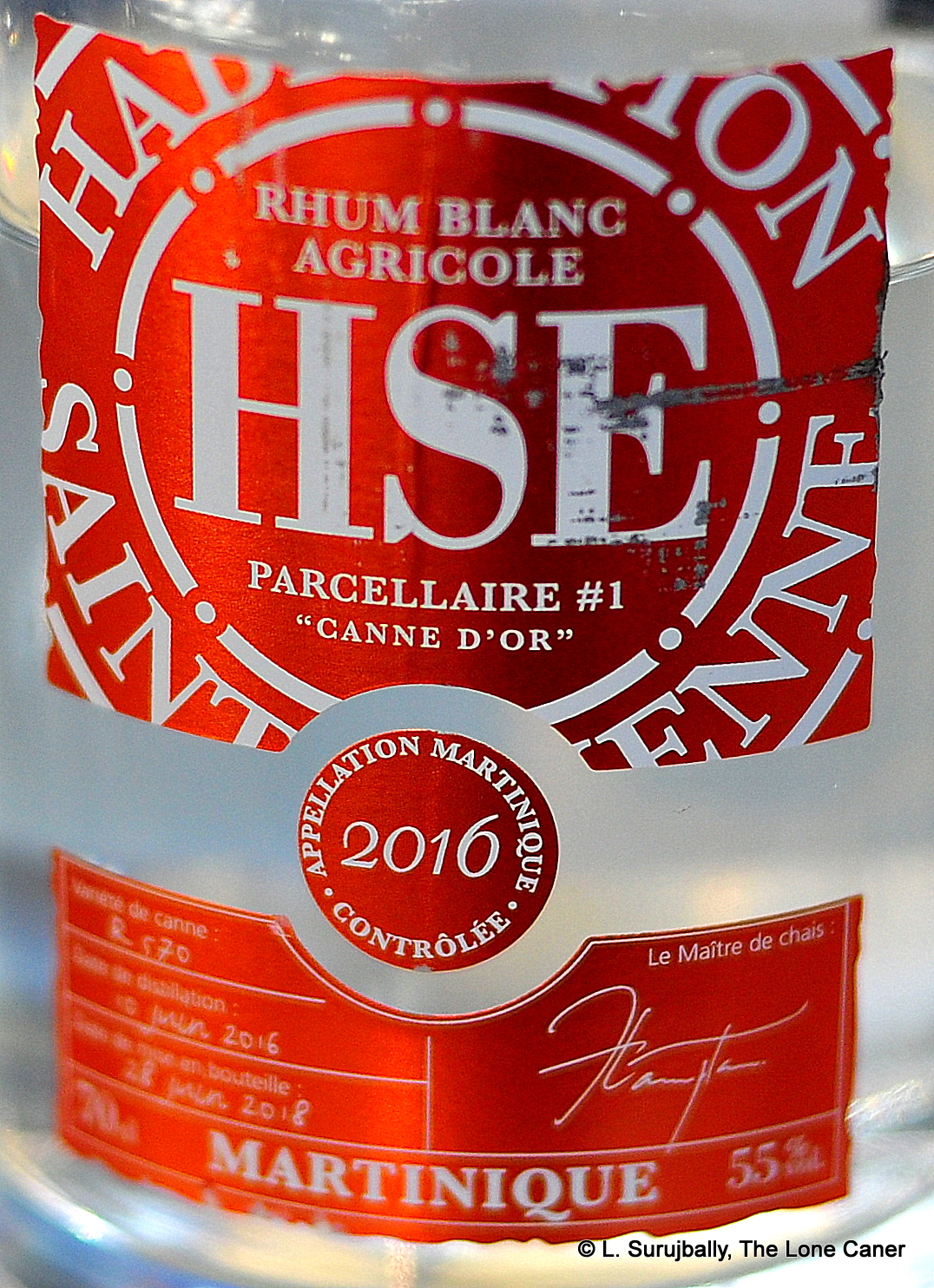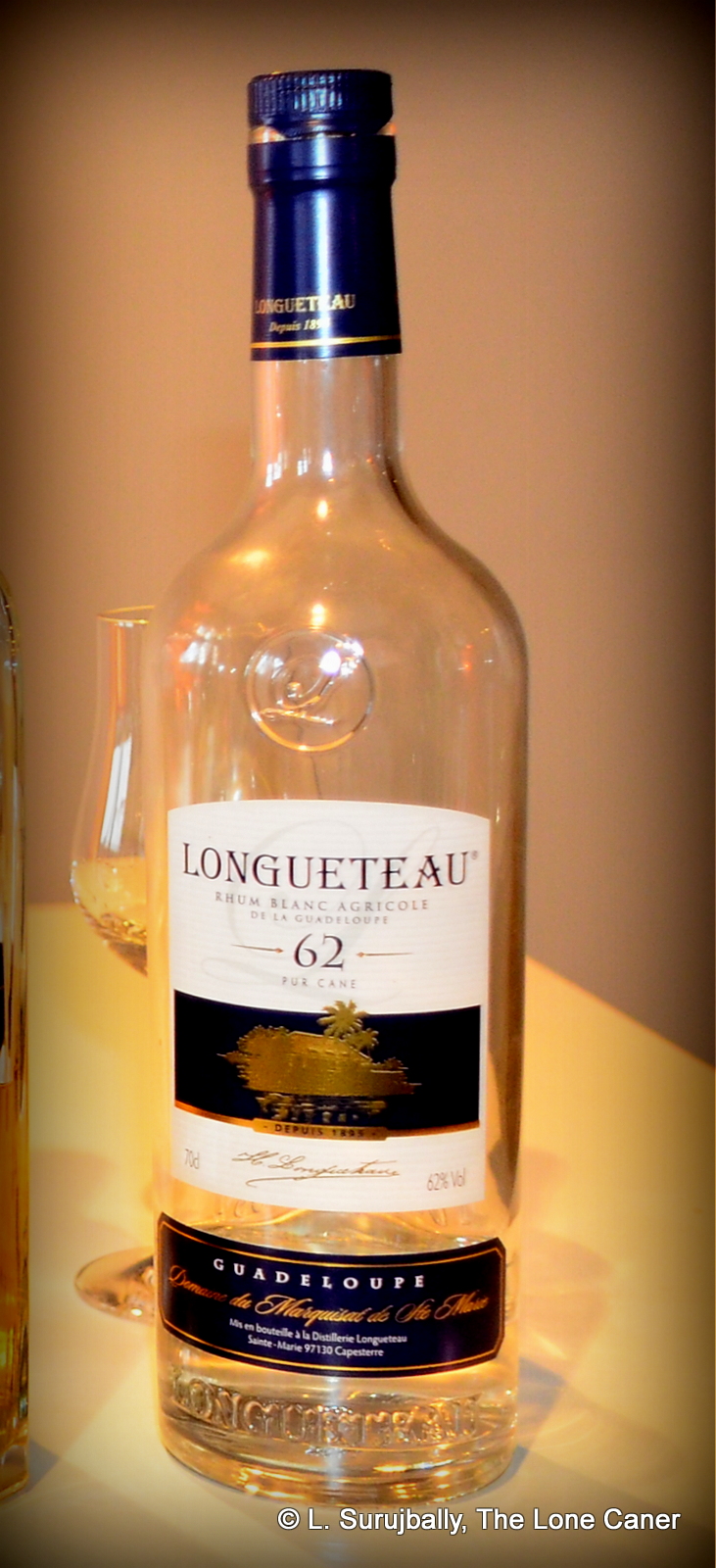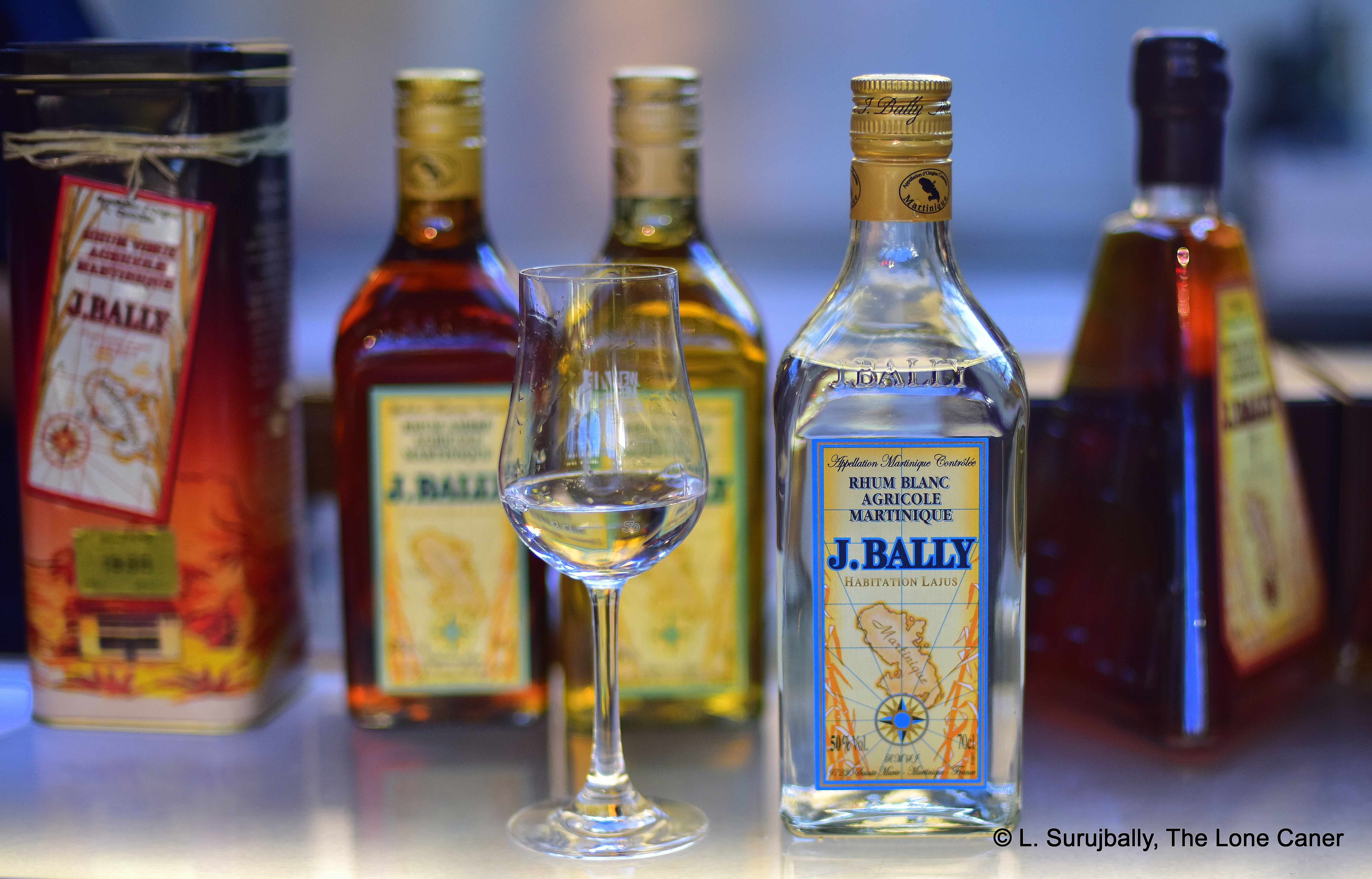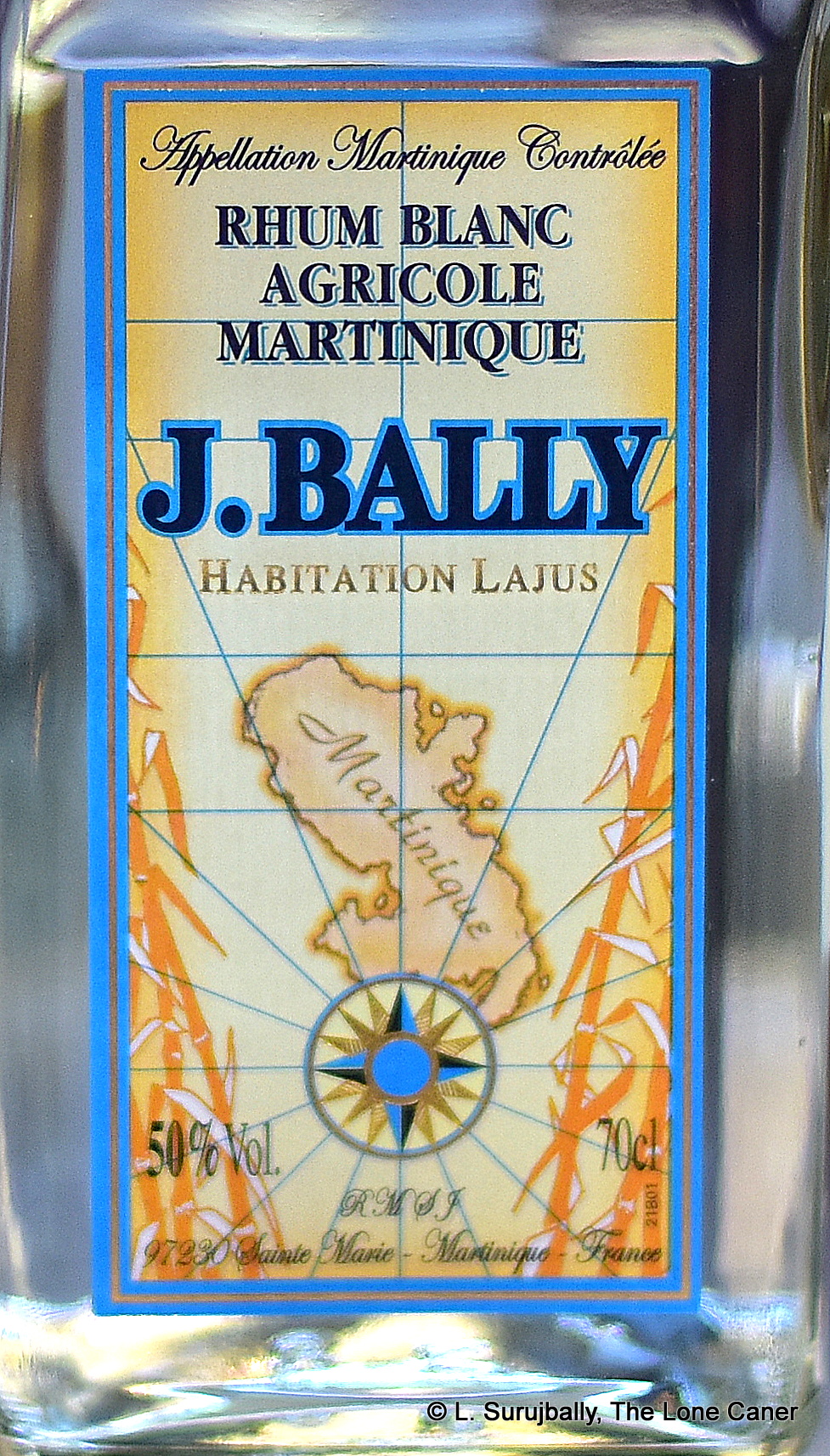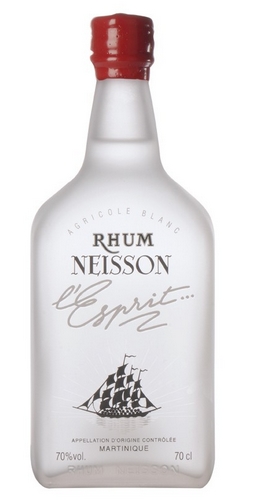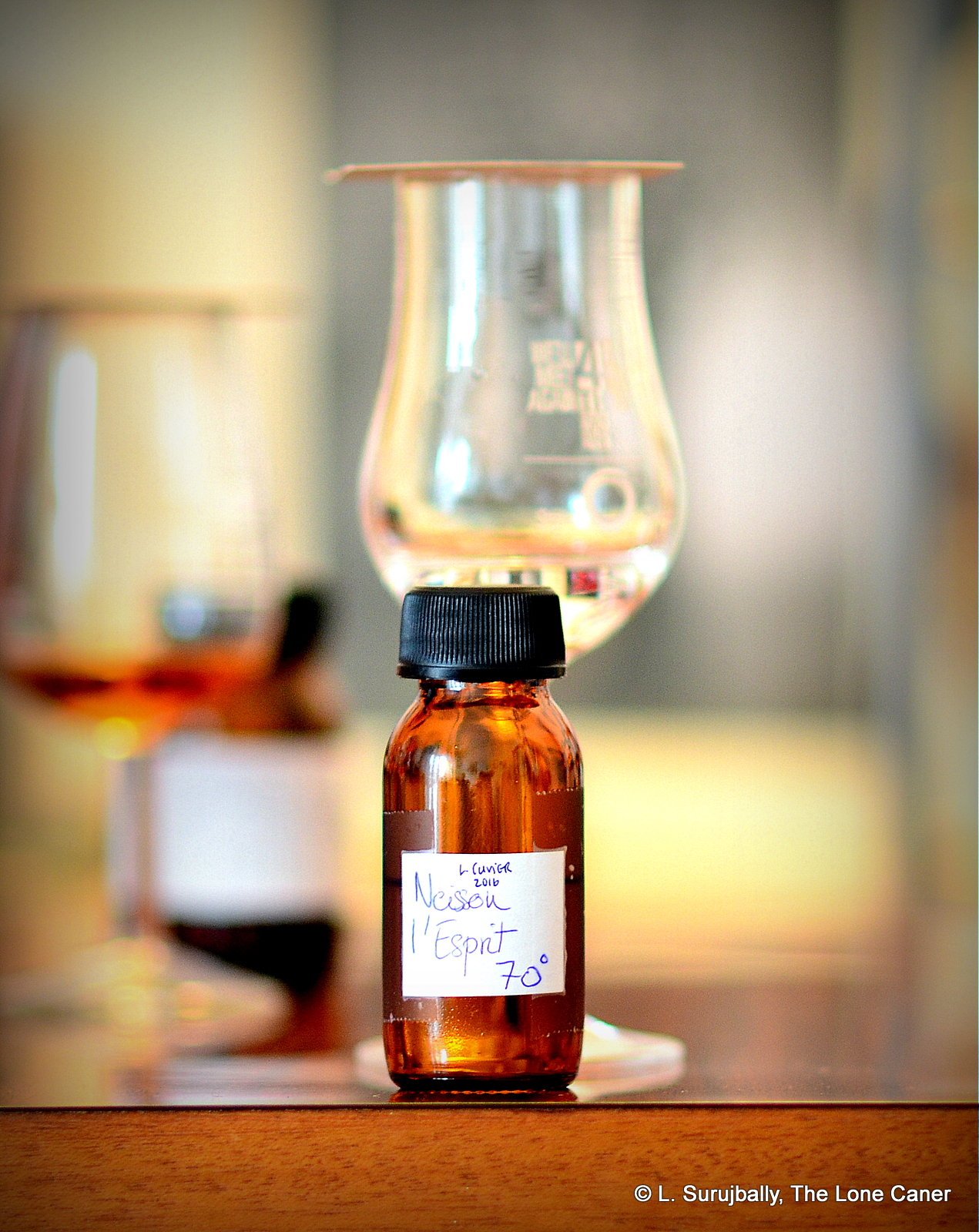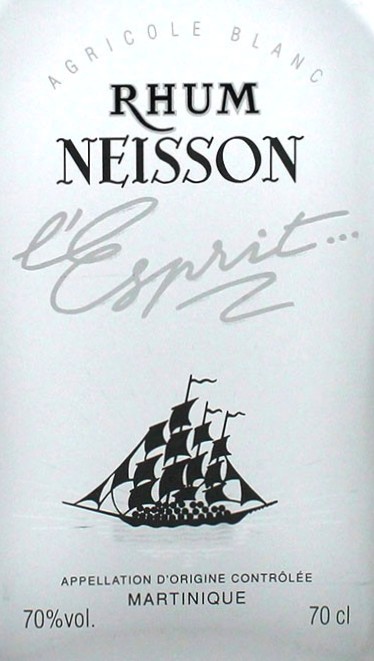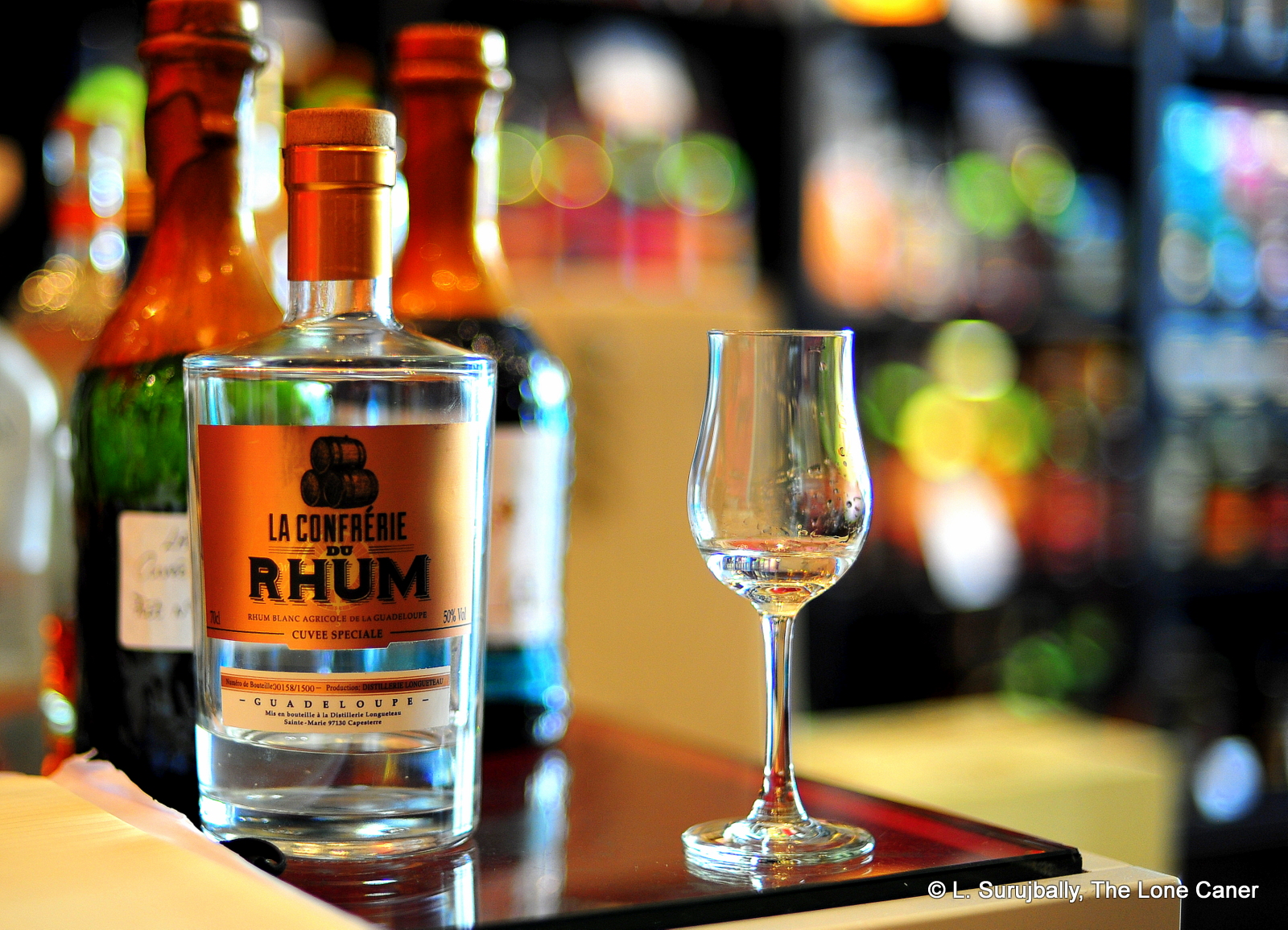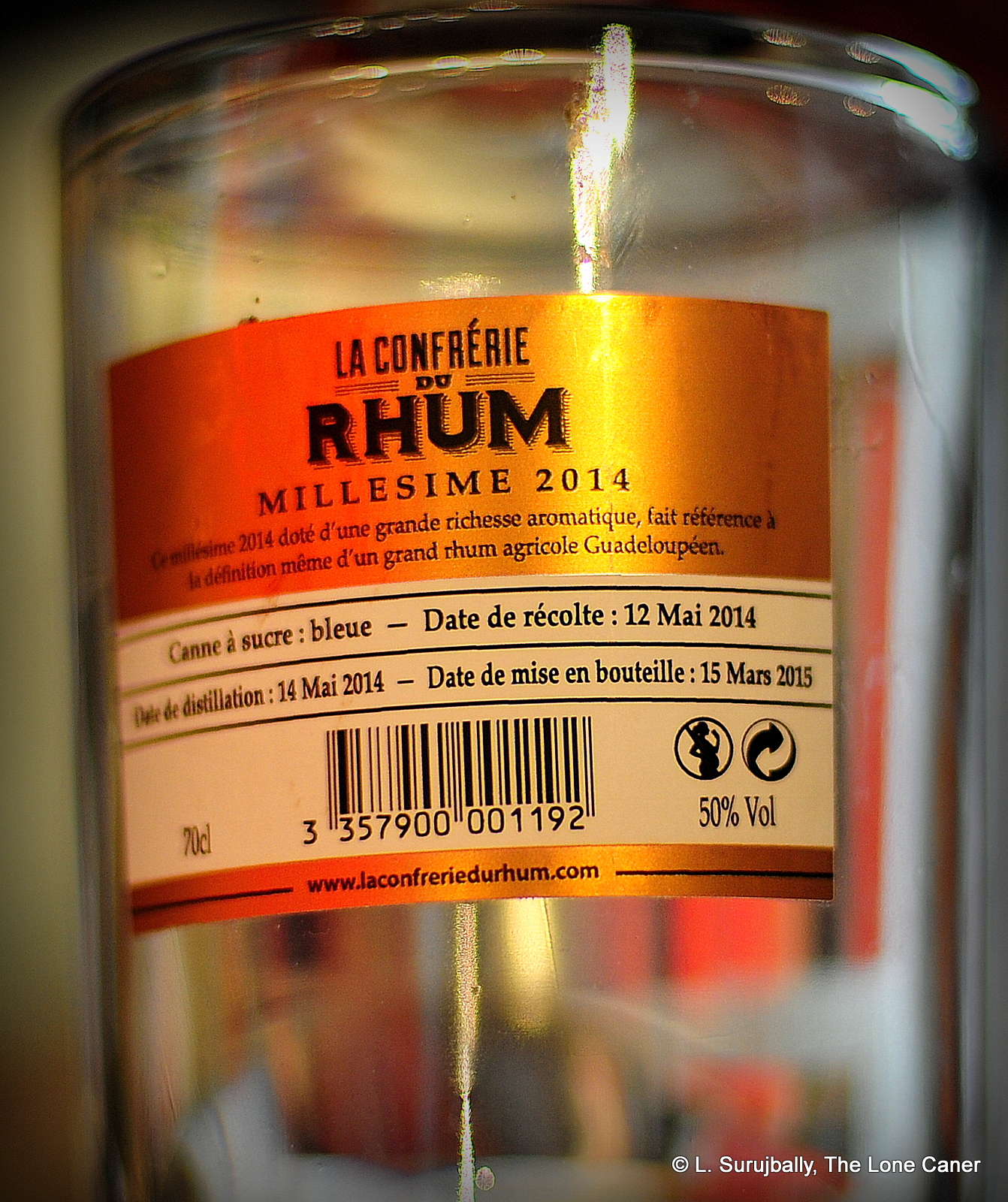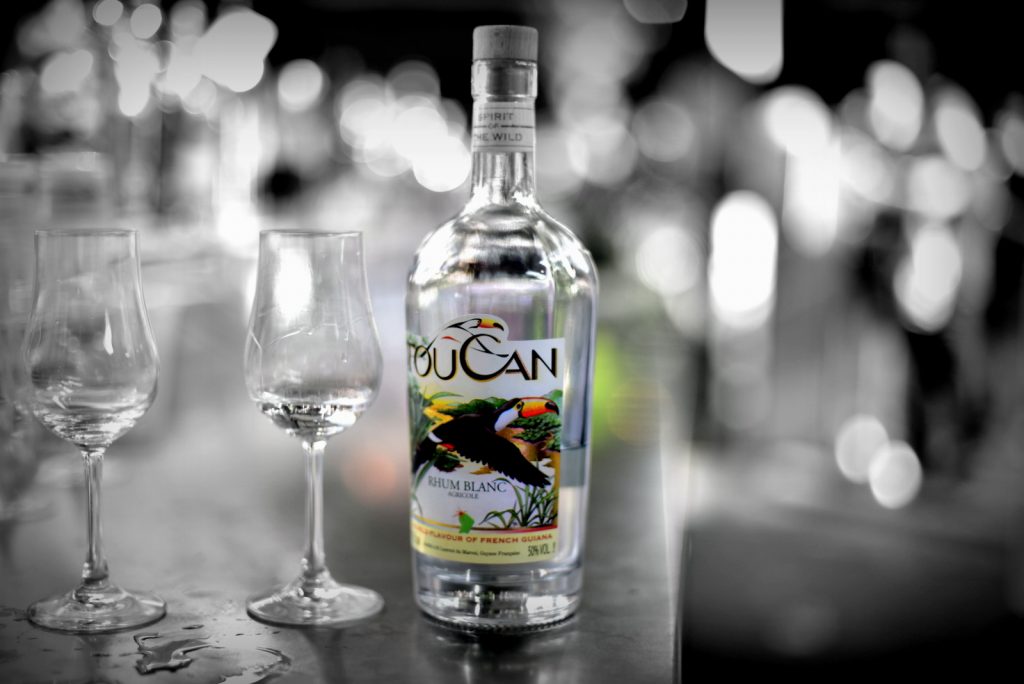
There must be something about the French that just leads them into starting little rum companies in other countries. There was Hembert Achard and Anne-Francois Houzel who formed Whisper Rums from Antigua; David Giallorenzo of Issan; and Marine Lucchini and Thibault Spithakis of Chalong Bay. And of course there’s Toucan, which, if you recall from my posts of a year ago, is a relatively new entrant to the field of rums, yet distinguished itself (in my eyes at least) by making the really nifty-but-underpowered Toucan No. 4, as well as being from French Guiana, a place we have not seen or heard of enough when it comes to rums.
All these companies are small, discreet and self-effacing…almost humble. Oh sure, they use social media and have slick, marketing-heavy websites and show up on Facebook feeds off and on – who doesn’t, these days? – but what distinguishes them (to me) is both their relatively low-key digital footprint, and their equally unhyped but surprisingly good young rums. Especially the white ones, which I simply can’t get enough of. In this case, the 50% blanc.
Toucan makes a vanilla (I think this is No. 1), the Boco spiced rum No. 2, the No. 4 slightly aged rum and but for my money this 50% white is the best of the lot. It’s made from cane juice processed at French Guiana’s St. Maurice distillery, and then shipped to Toulouse where it stays in neutral steel tanks until ready for bottling, after being reduced to 50%.
What’s nice about it is immediately summarized by a nose of uncommon delicacy and (oddly) also of heft. It smelled of sweet light fruit – pears, watermelon, green grapes – but also of salty brine and olives, furniture polish, and something barely noticeable yet also…meatier. In that it reminded me of the Novo Fogo, though with rather more emphasis and braggadocio, due in no small part to the 50% ABV it was bottled at.
The palate continued that unhurried unfolding or flavour. It was smooth and pleasant (with a little nip from the strength, no getting away from that), initially tasting of fanta and 7-up, light citrus peel, pears again, a few indeterminate ripe fruits, and (get this) those salt-and-vinegar pringles chips. It was aromatic and redolent of these, and the salt and the sweet and the fruity notes melded nicely in a minor key that didn’t overwhelm, just led slowly down to a gentle finish which gave last hints of marzipan, sugar water, toblerone and nougat.
I must admit that furiously raw clarity of flavour and a powerful terroire profile is not this rhum’s thing. In fact, it’s rather restrained, almost demure, with each flavour shyly coiling out of the mix to tease and titillate before quietly subsiding, much like many of those Asian white rums I’ve been trying of late – Issan, Vientiane, Chalong Bay, Laodi. Like them, the Toucan white straddles the divide between too much and too little, between pillow and hammer, and finds the balancing point between them all. It’s an unassuming but really good white rum, one of an increasing number of unsung heroes of the blancworld which one should try for no other reason than to be pleased by something that wants to do nothing else.
(#584)(83/100)
